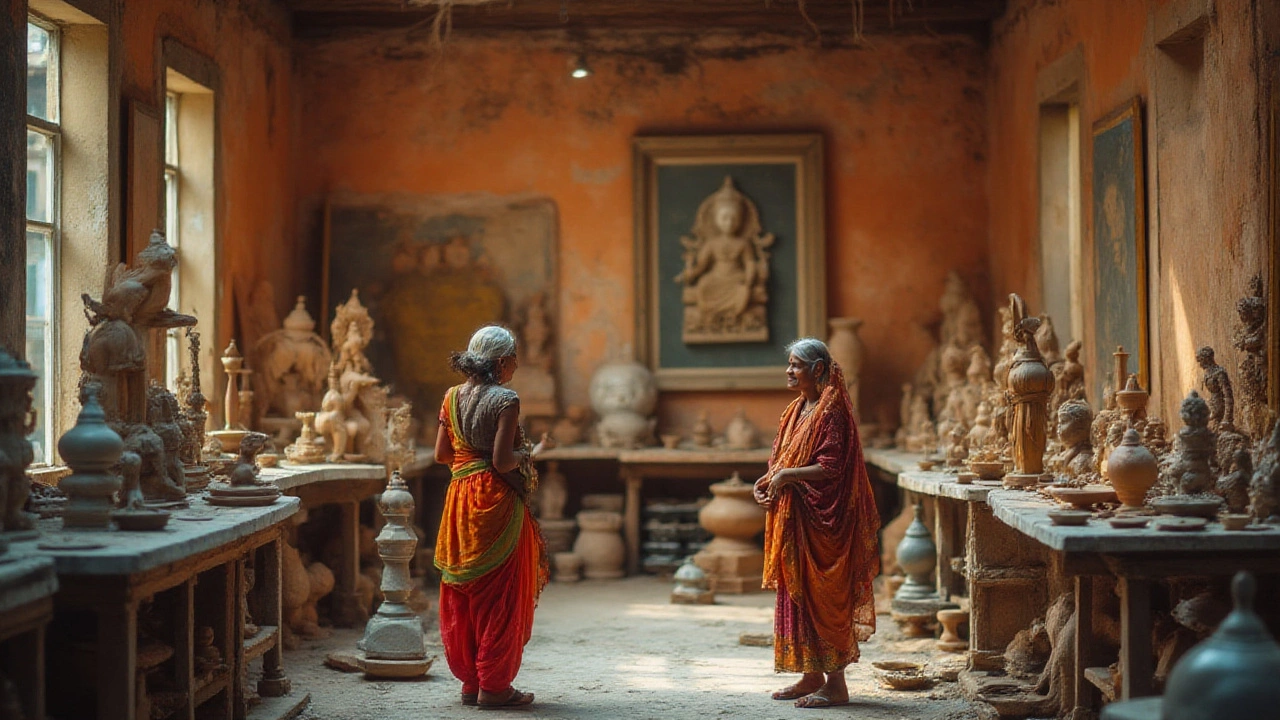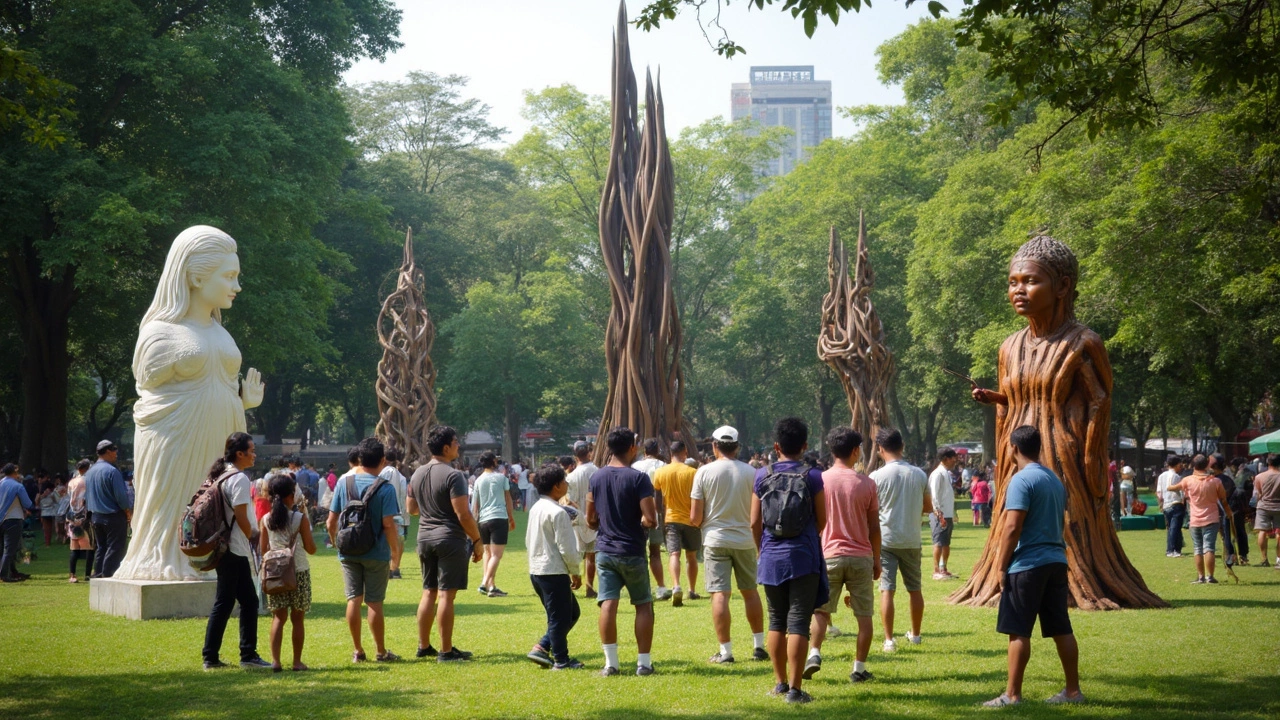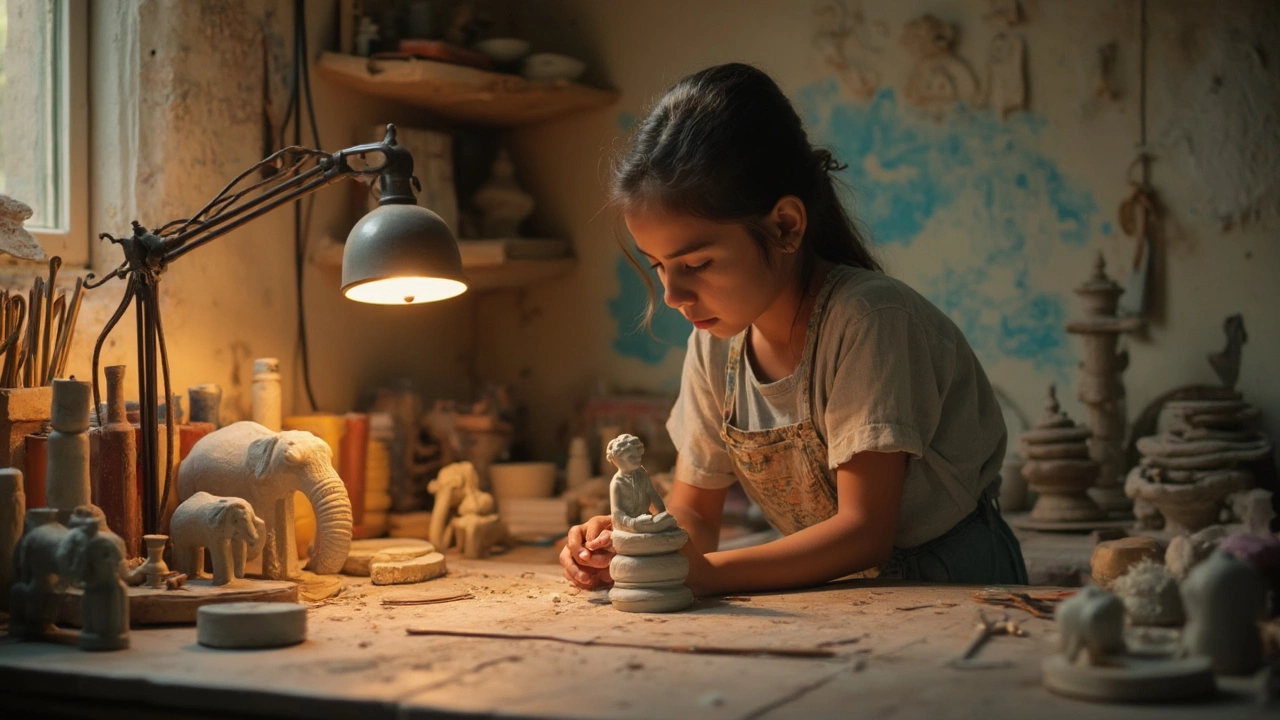Sculpture Tips: How to Price, Display and Create Your Work
If you work with clay, stone, metal or any other material, the biggest questions are often "how much is my piece worth?" and "where should I show it?" This guide gives you simple answers you can use right away.
How to Price a Sculpture
First, add up the cost of everything that went into the piece: material, tools, studio rent and the time you spent. A good rule of thumb is to charge at least $30 per hour of labor. For example, if a marble bust took you 20 hours, that’s $600 for labor. Add material costs – say $200 for the stone – and you’re at $800. Most galleries take a 40‑50% commission, so multiply your total by 1.5 to find a fair asking price. In this case, $800 × 1.5 = $1,200.
If you make limited editions, use the same formula but add an edition premium. A set of five bronze casts can each be $200 higher than a single piece because collectors know the series is exclusive.
Displaying Your Sculpture for Maximum Impact
Lighting is the secret sauce. Position the piece where a soft side light creates gentle shadows; this adds depth without harsh glare. If you can’t control natural light, a small LED spotlight with a diffuser works great.
Think about height. Most people view a sculpture from eye level, so a pedestal that brings the work to 5‑6 feet from the floor is ideal. Too low and viewers have to bend; too high and details get lost.
Don’t forget the space around it. Leave at least a foot of empty floor on all sides. This “breathing room” lets the eye travel and prevents the piece from feeling cramped.
When you’re showing work online, photograph it from three angles – front, side and a close‑up of texture. Good photos let buyers imagine the piece in their own space.
Finally, tell a story. A short label that explains the material, size and inspiration helps the audience connect. People are more likely to buy when they understand the why behind the how.
Use these quick steps, and you’ll feel more confident setting prices and showing your sculptures. Keep track of what works, tweak the numbers, and watch your art business grow.



